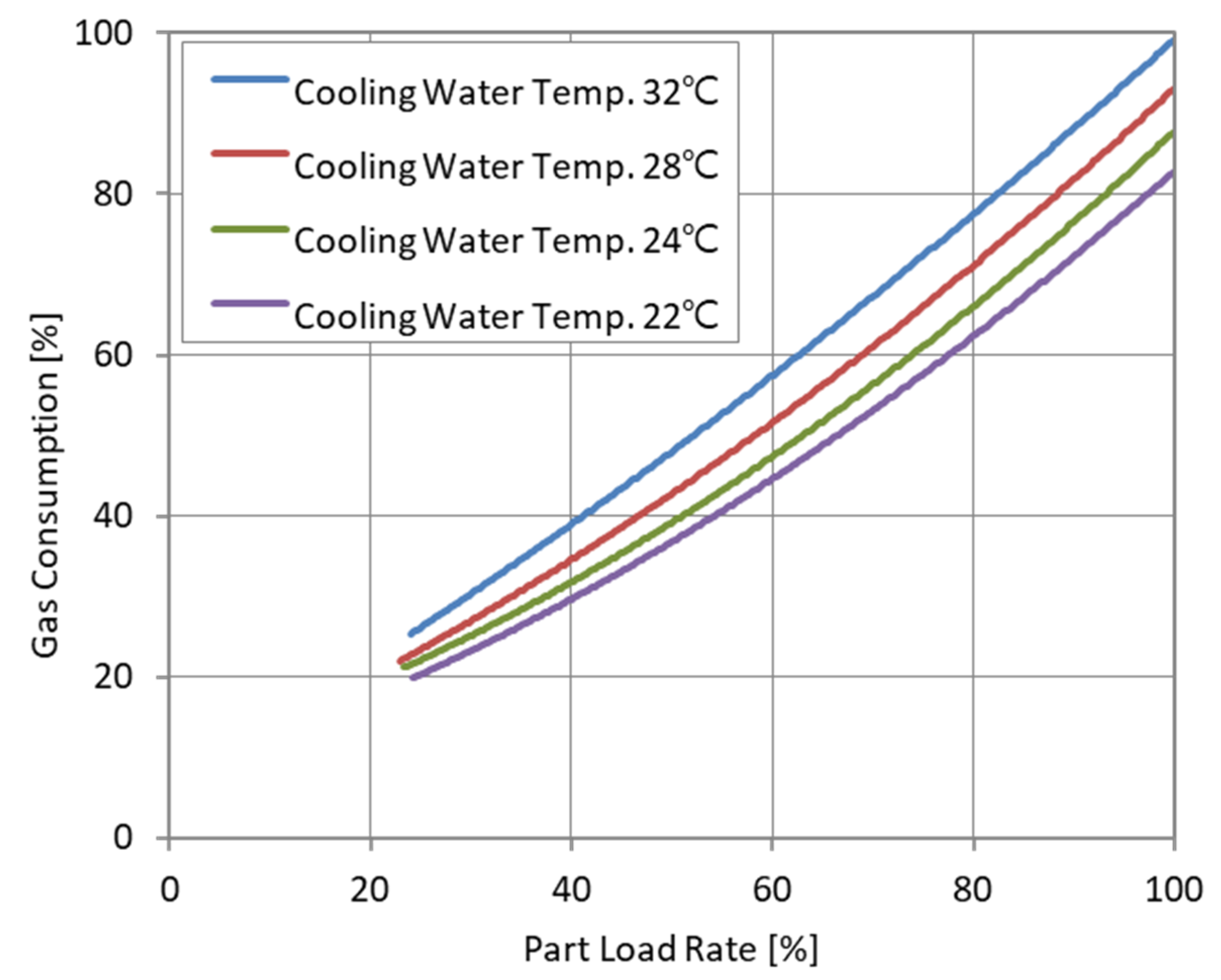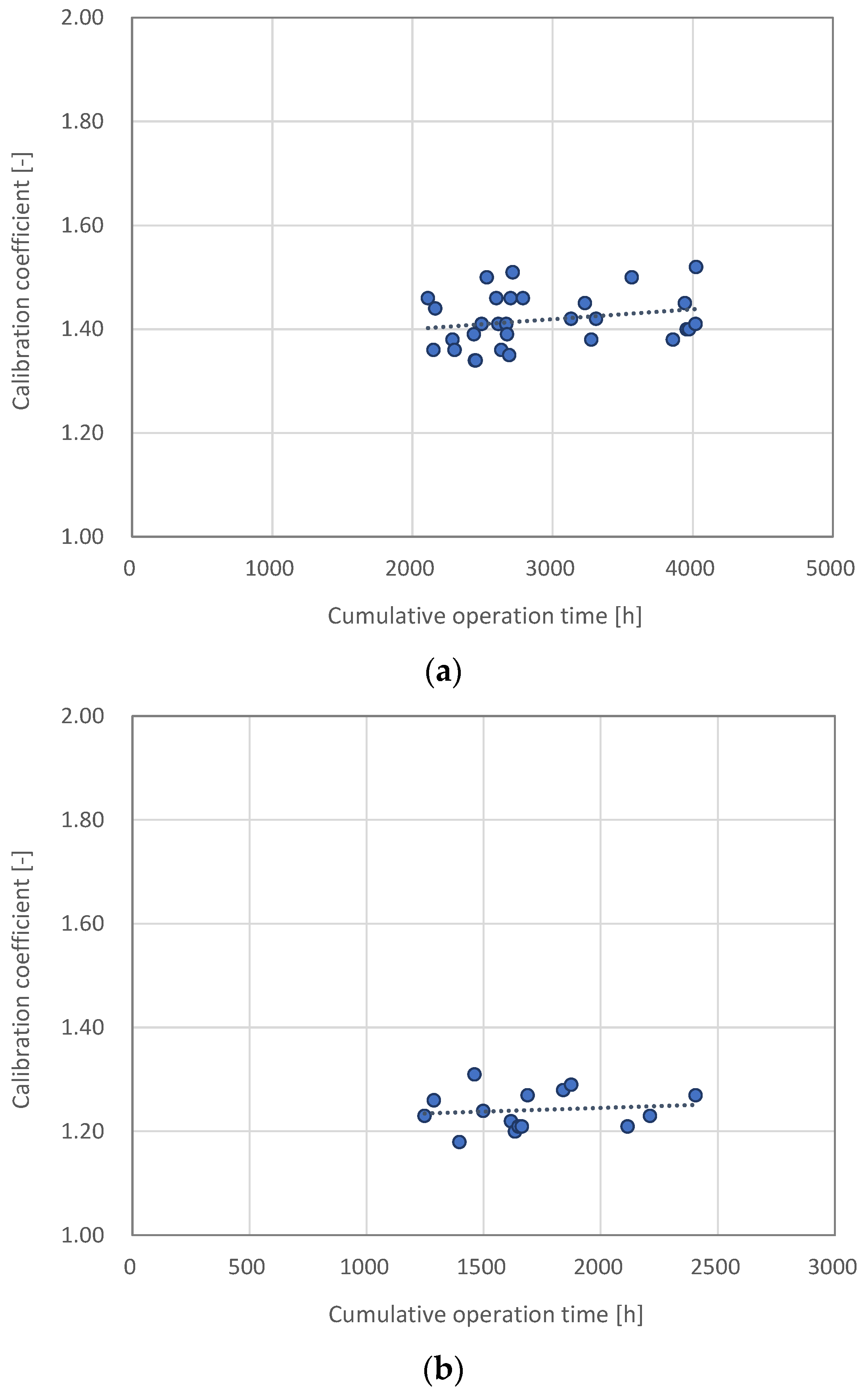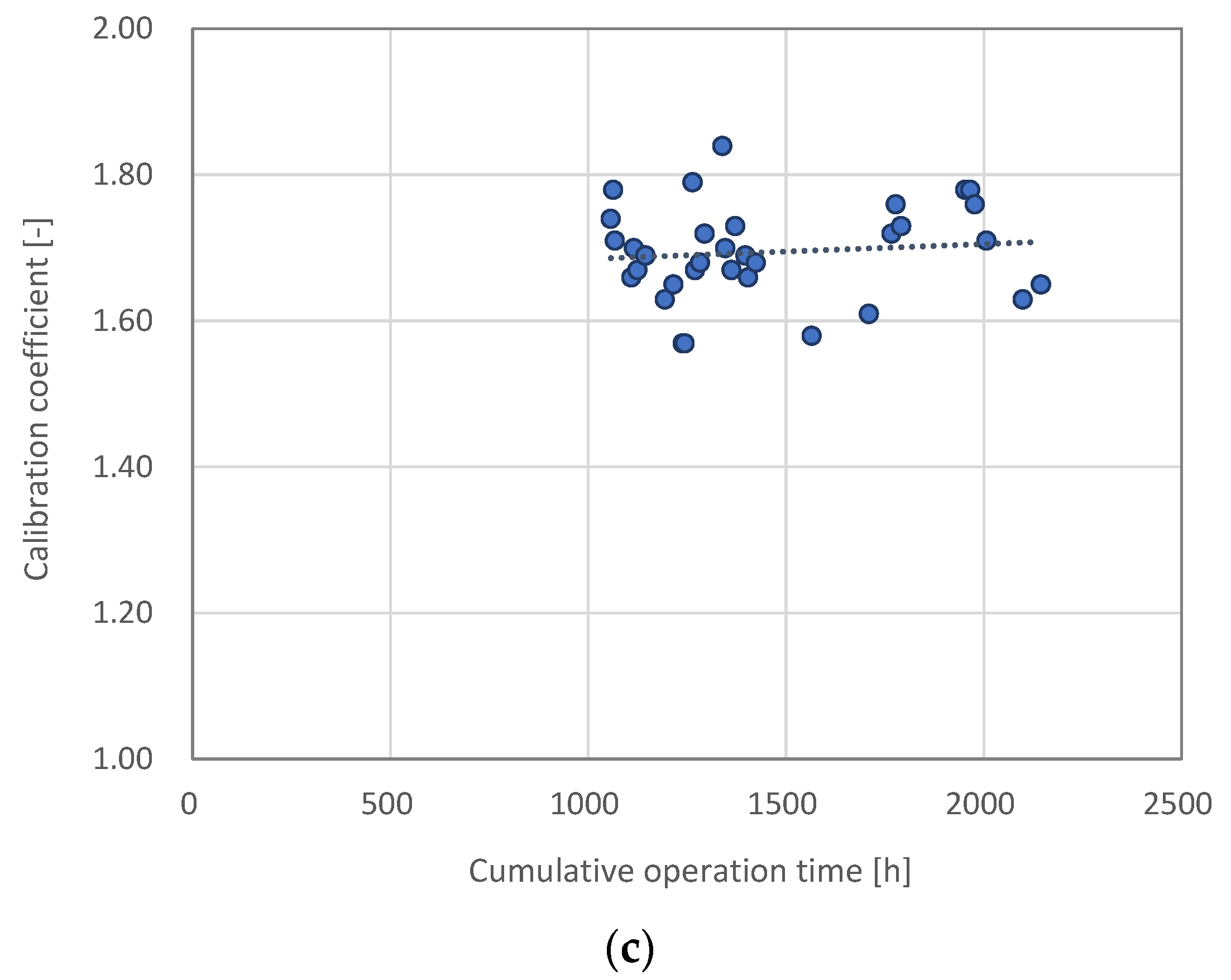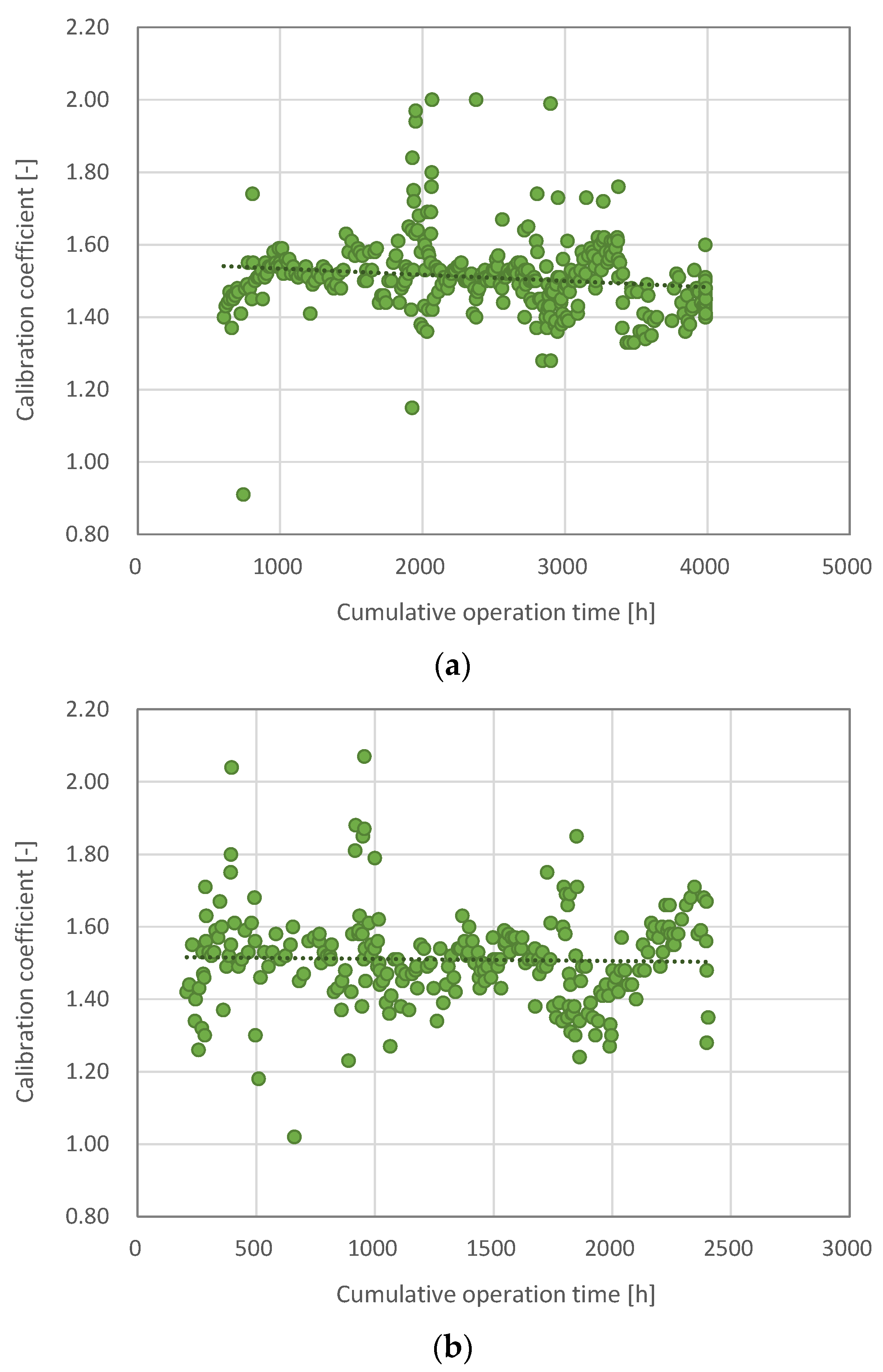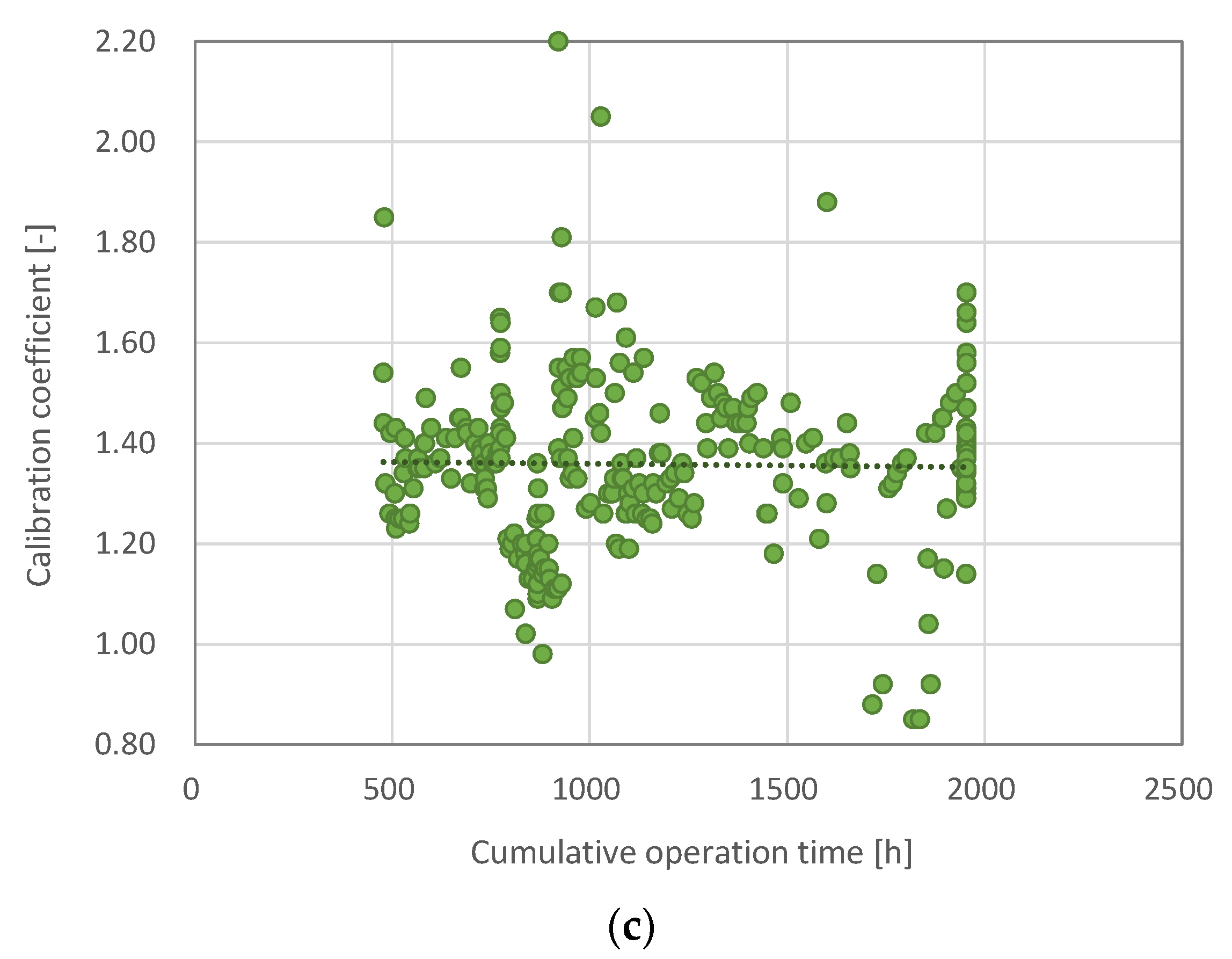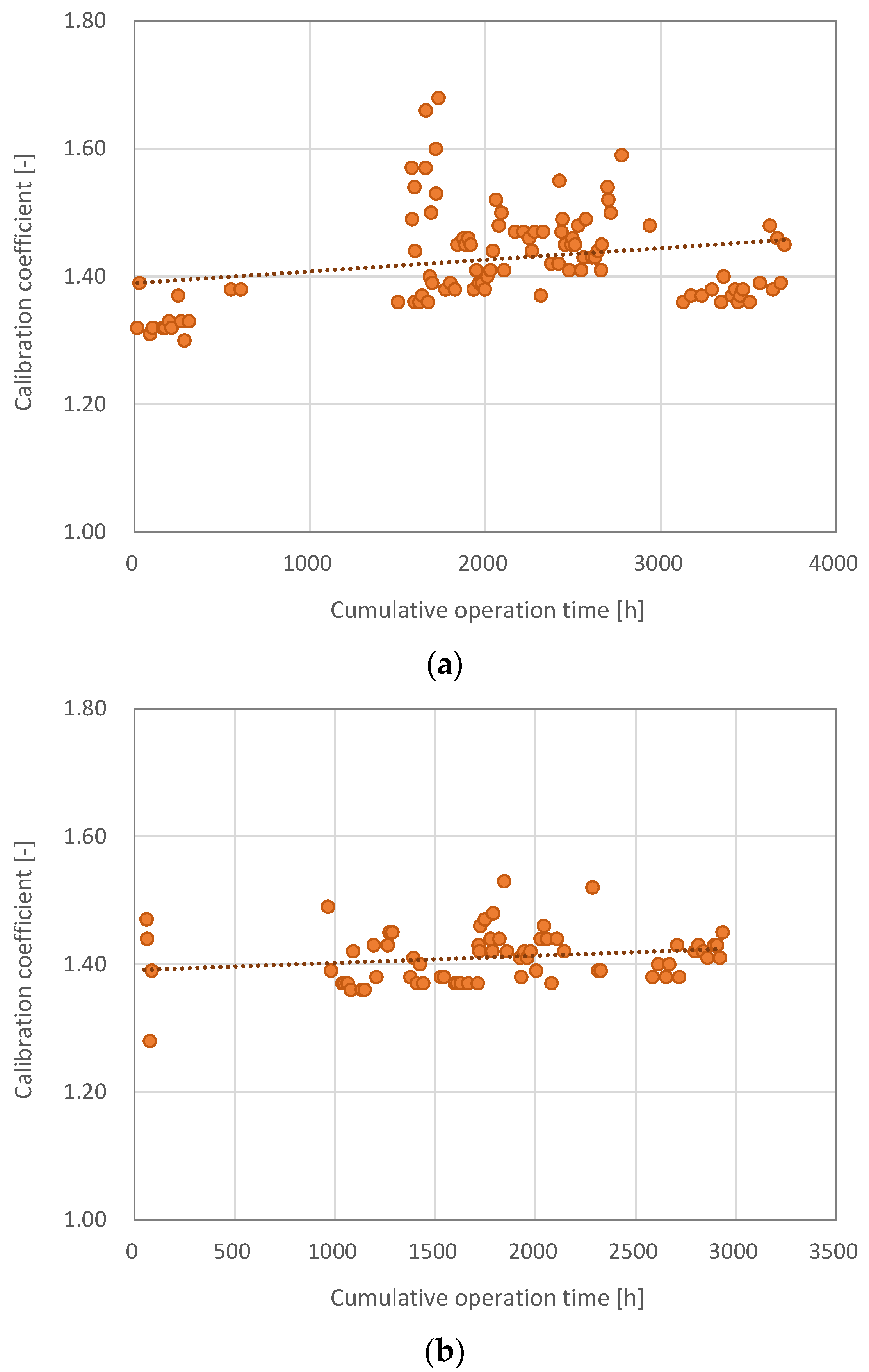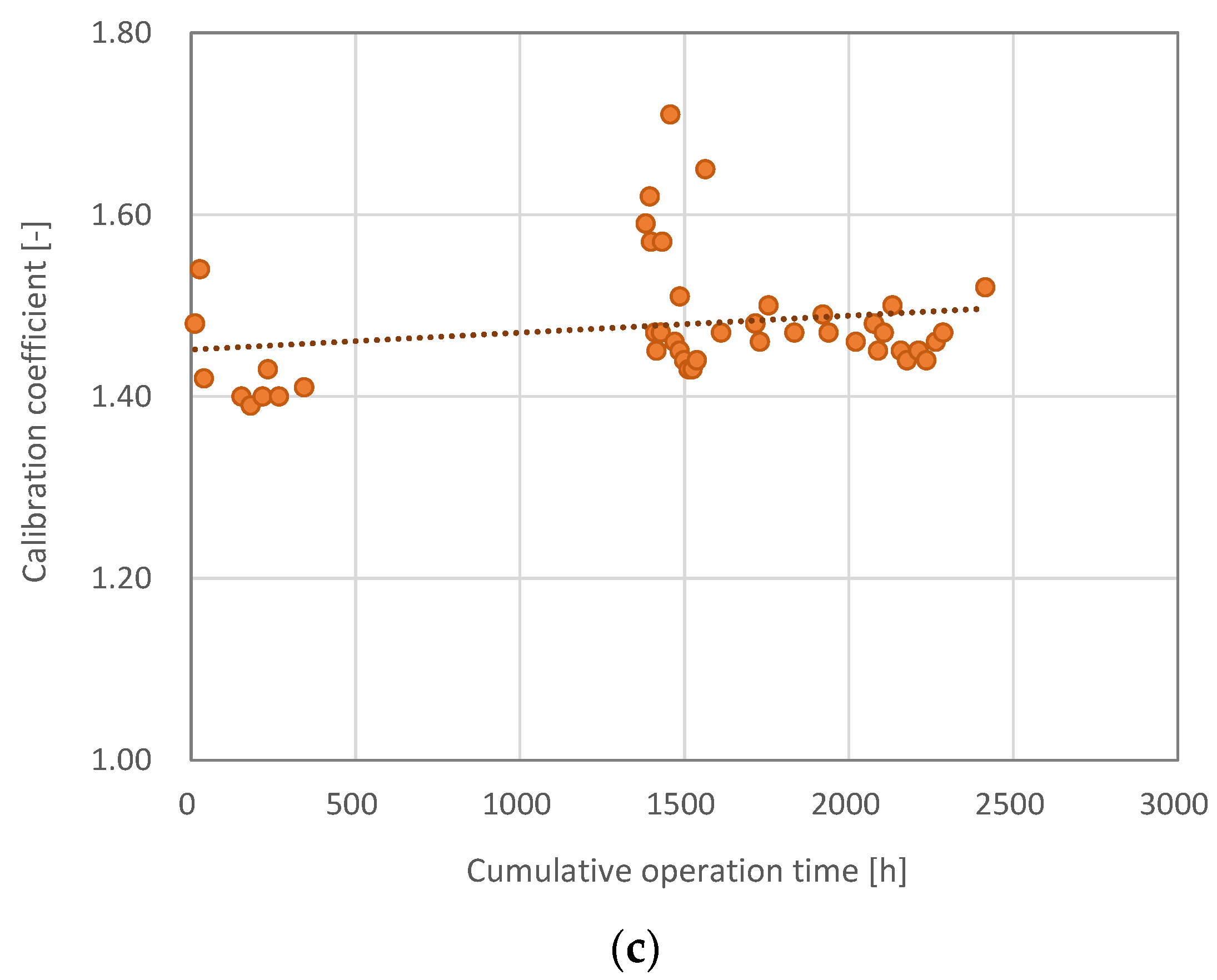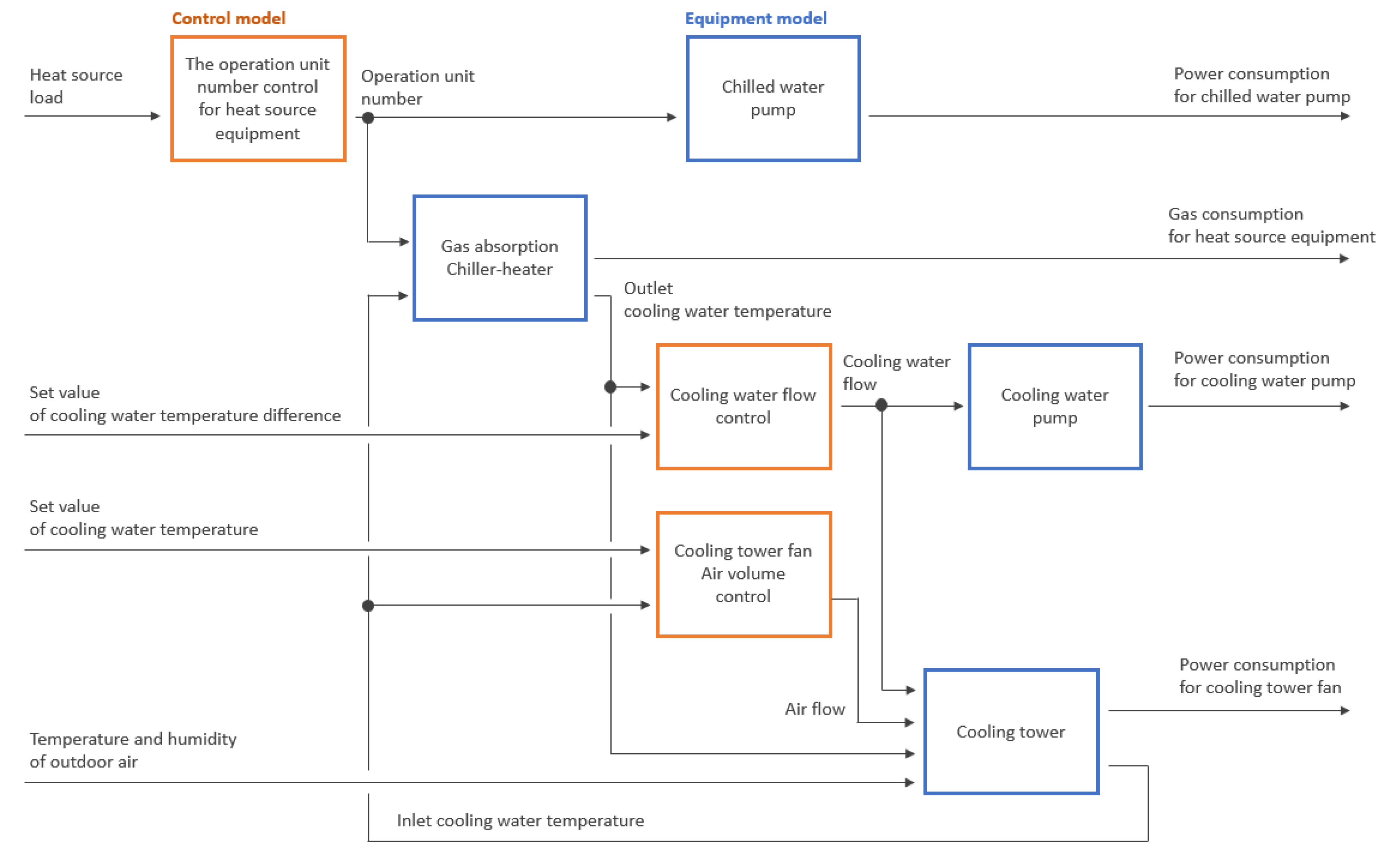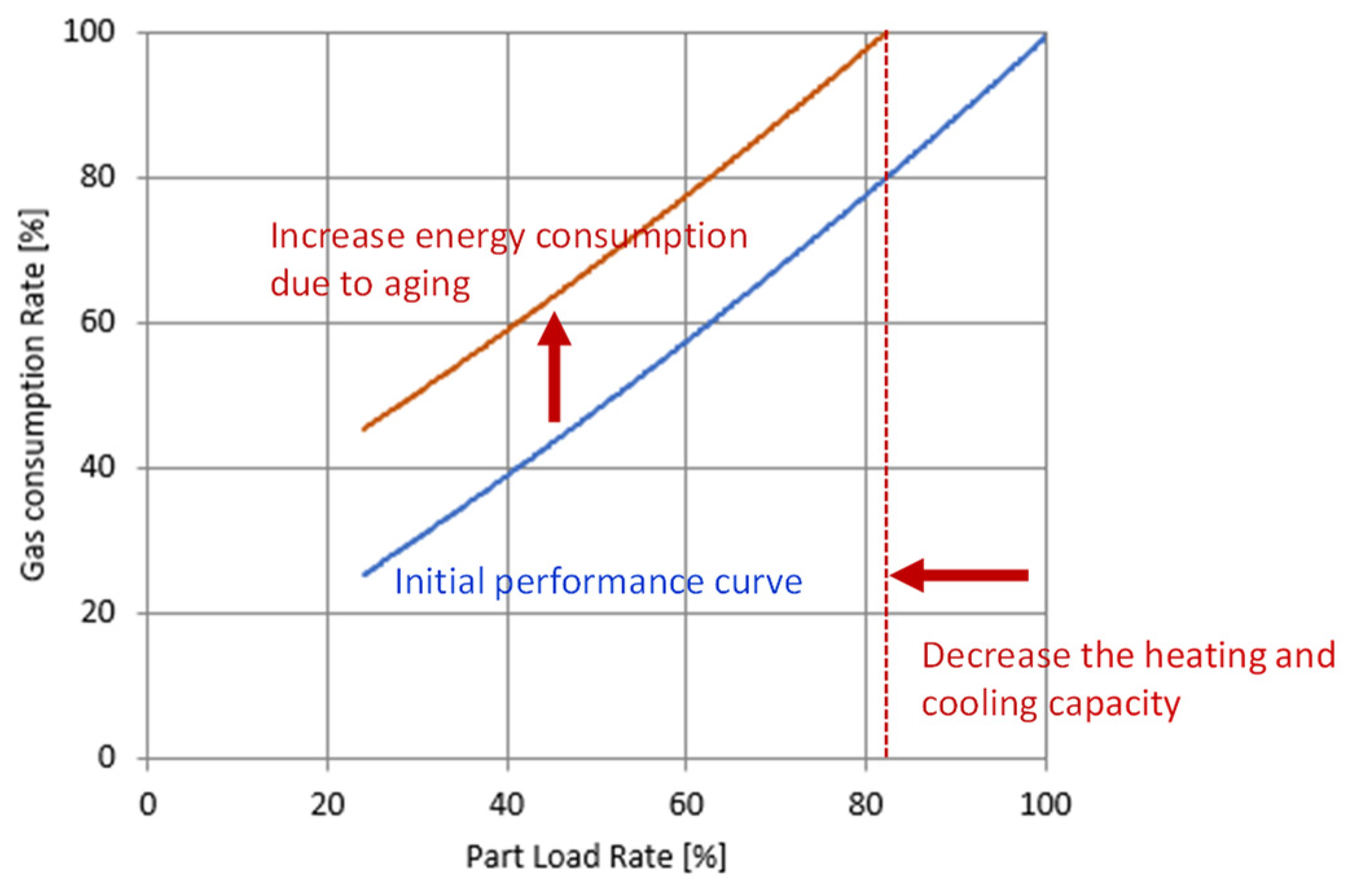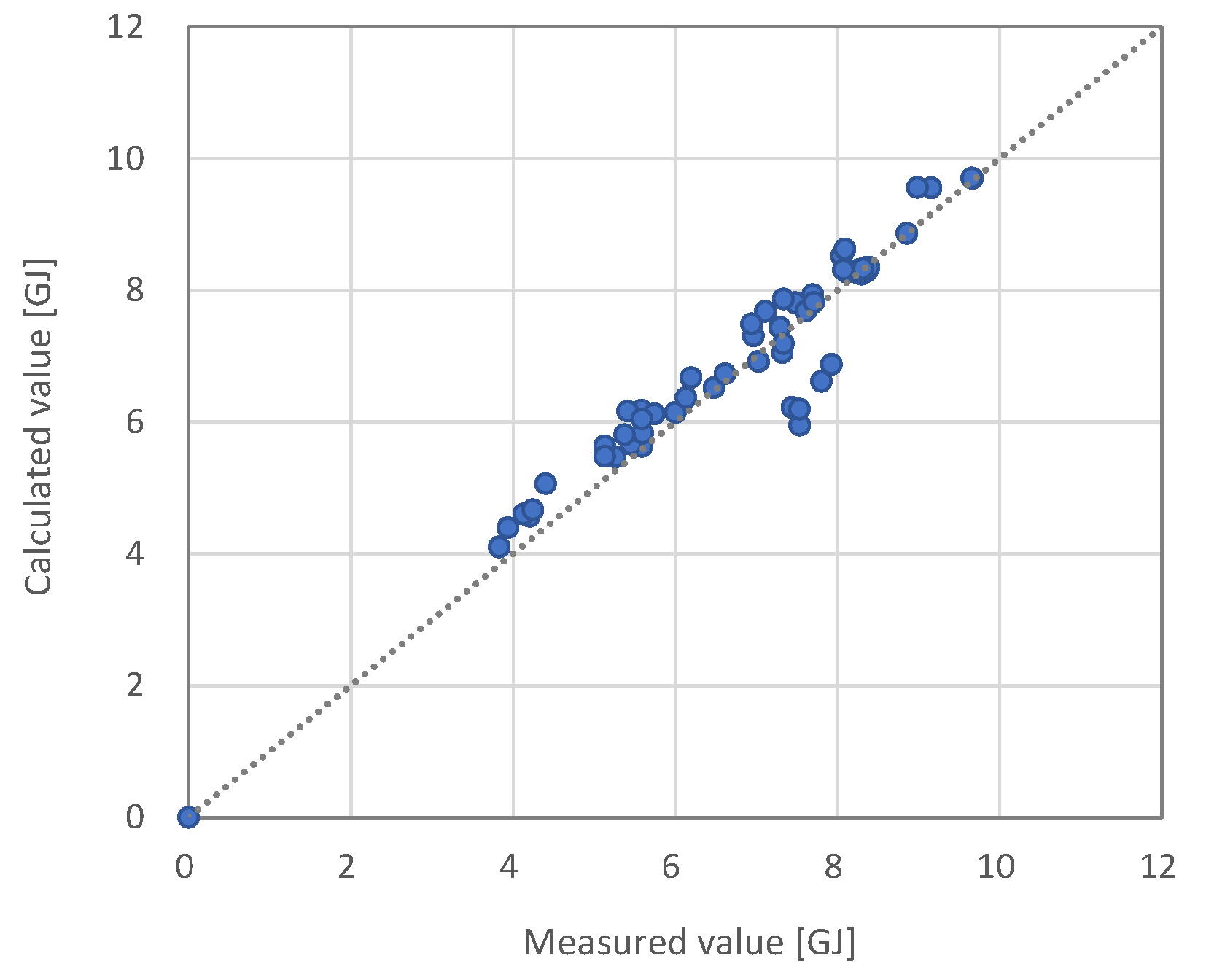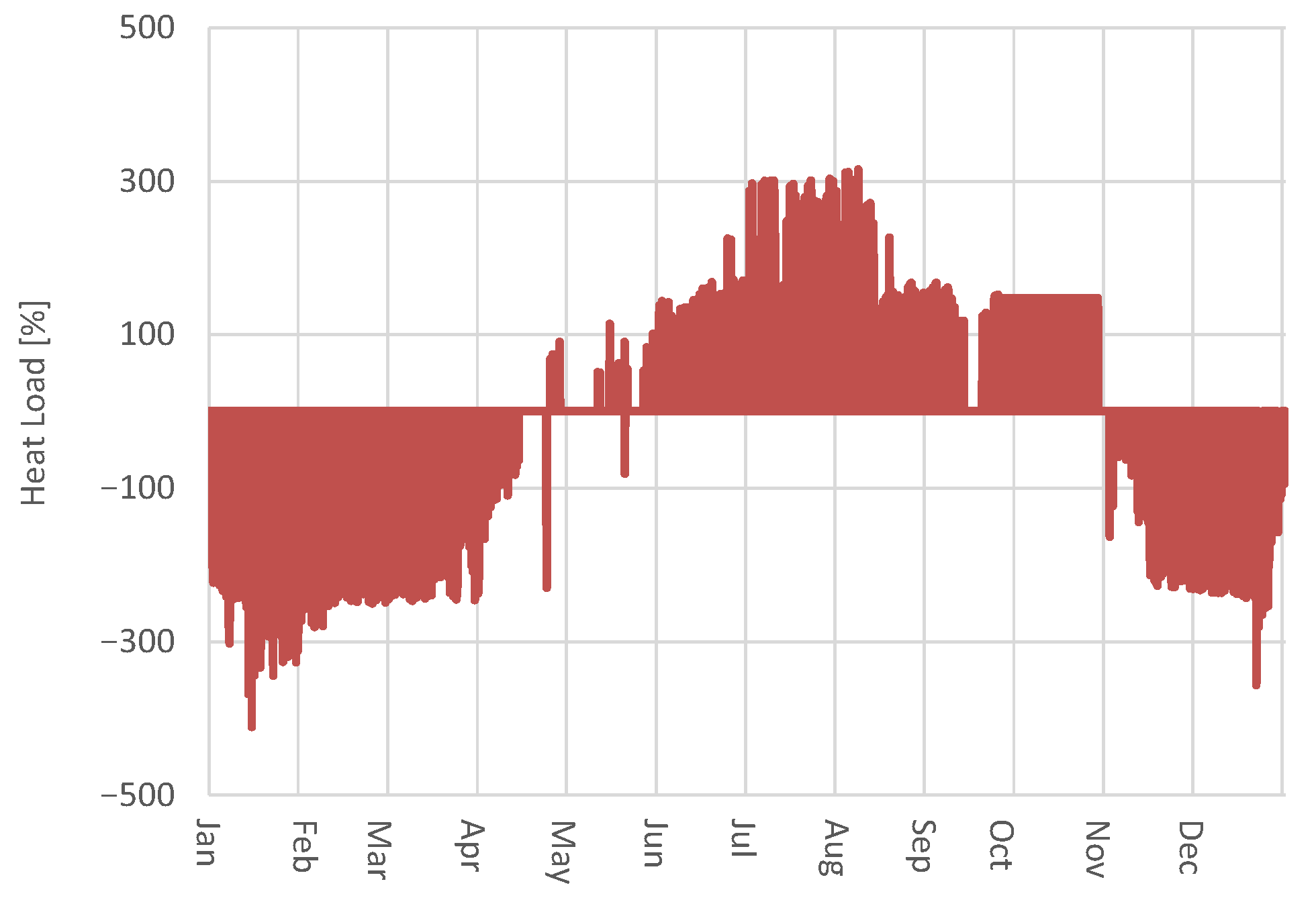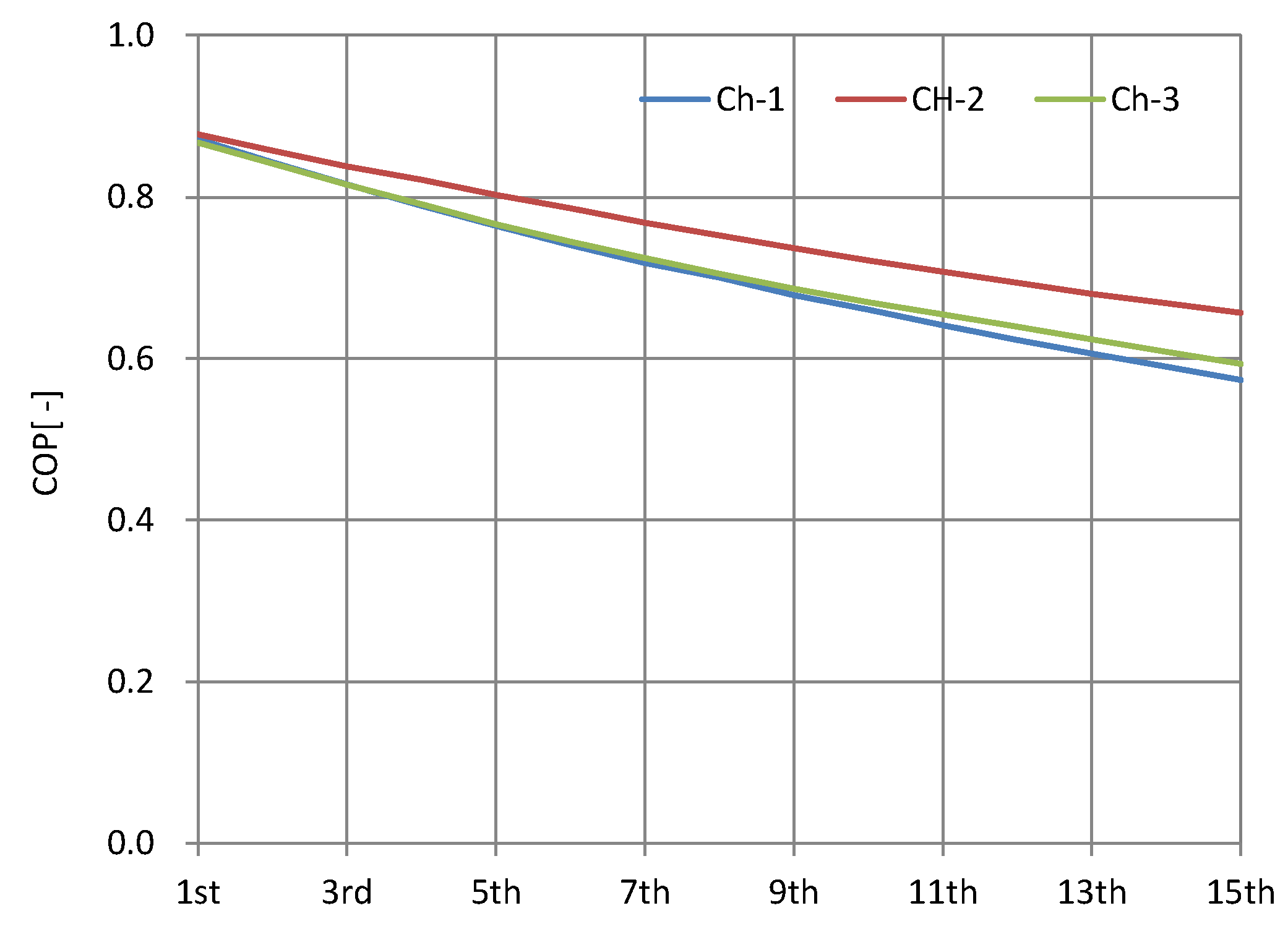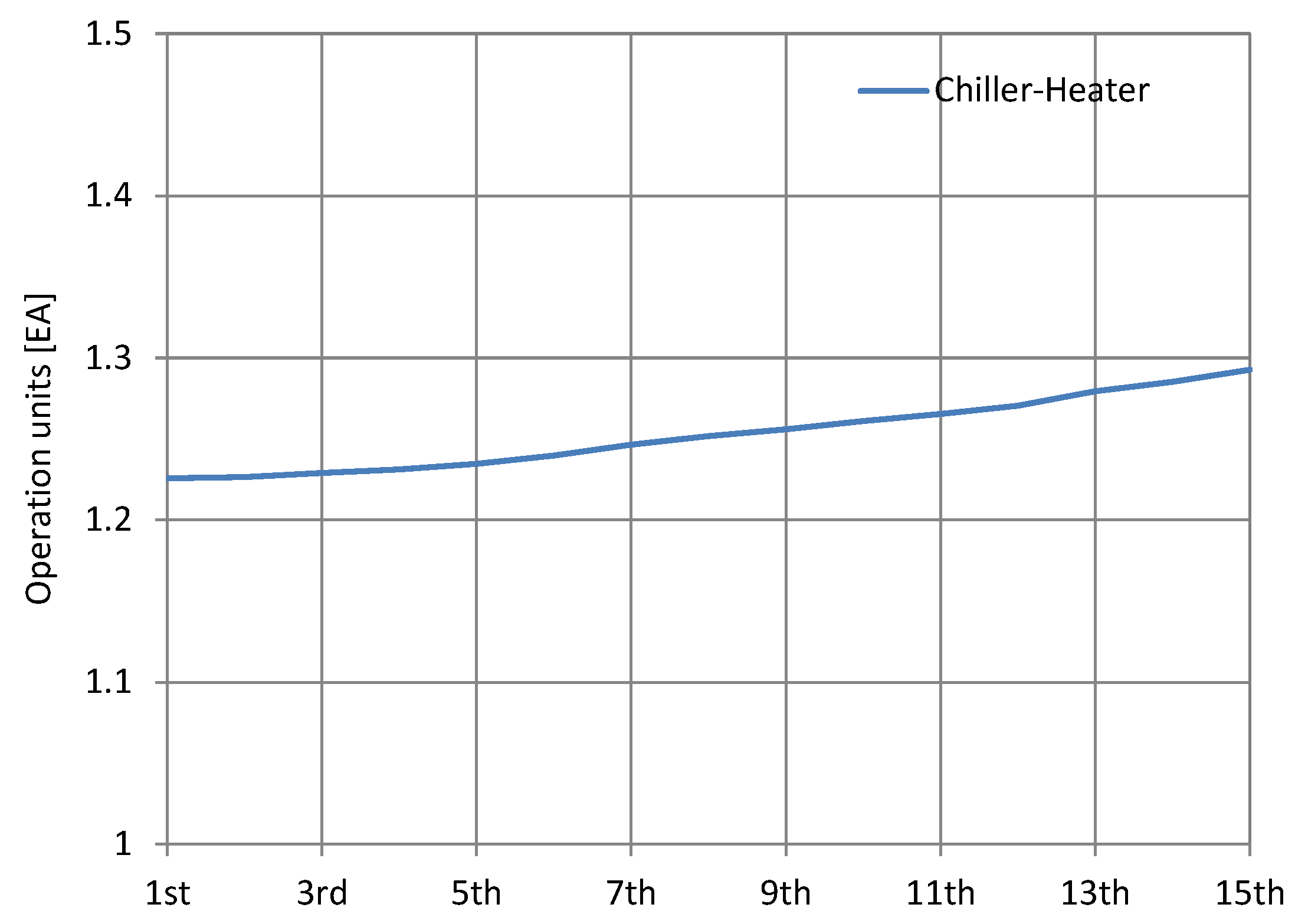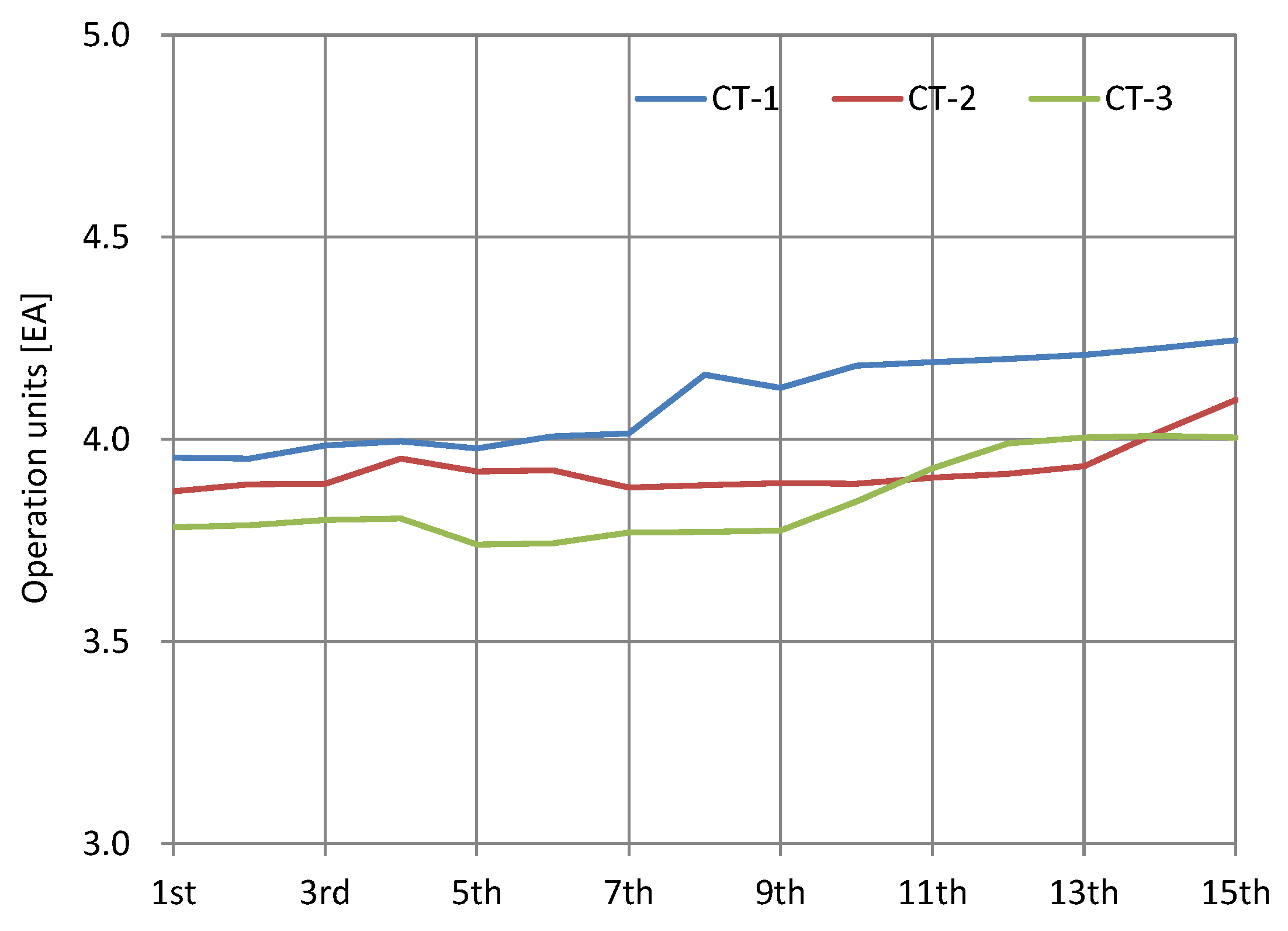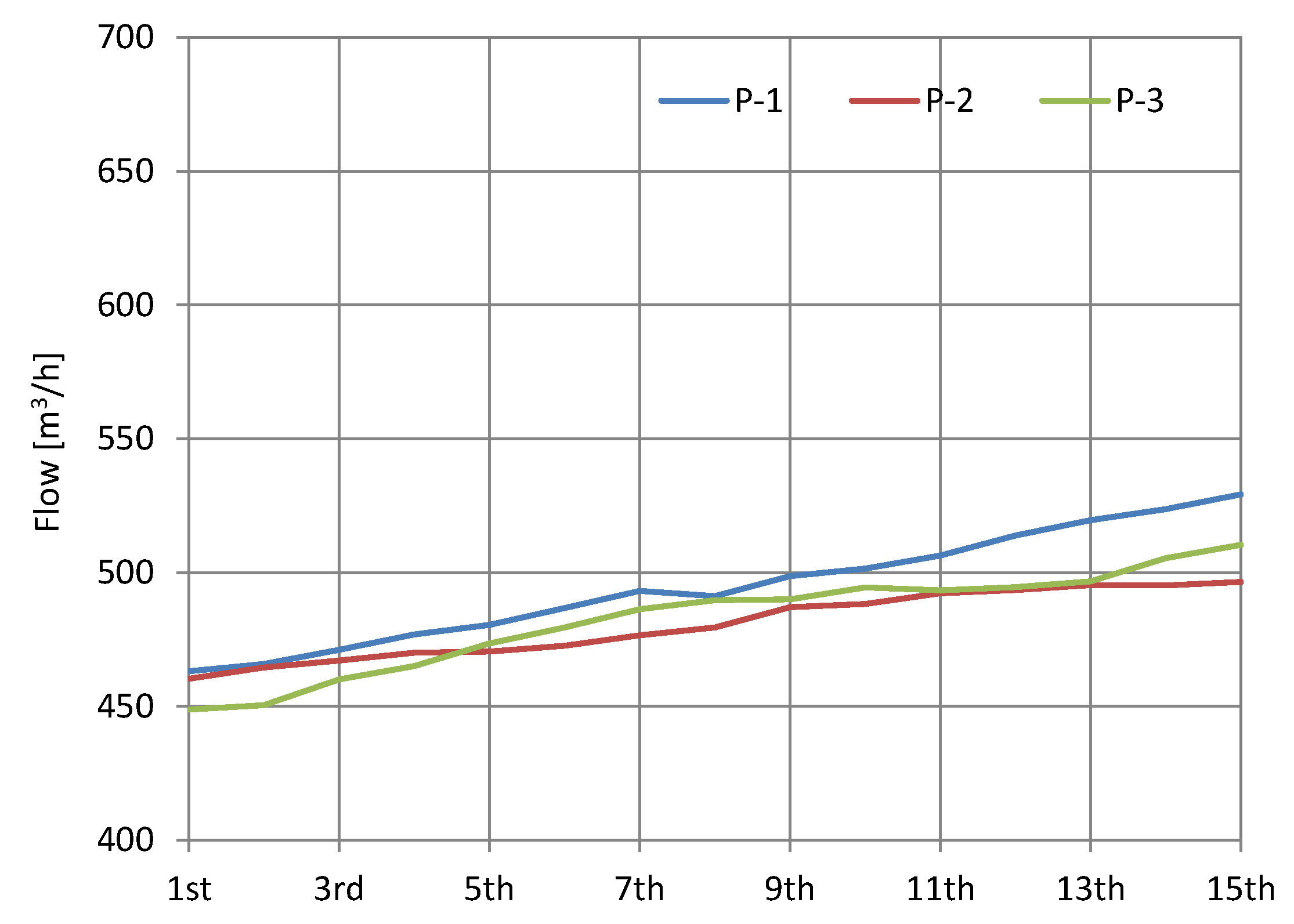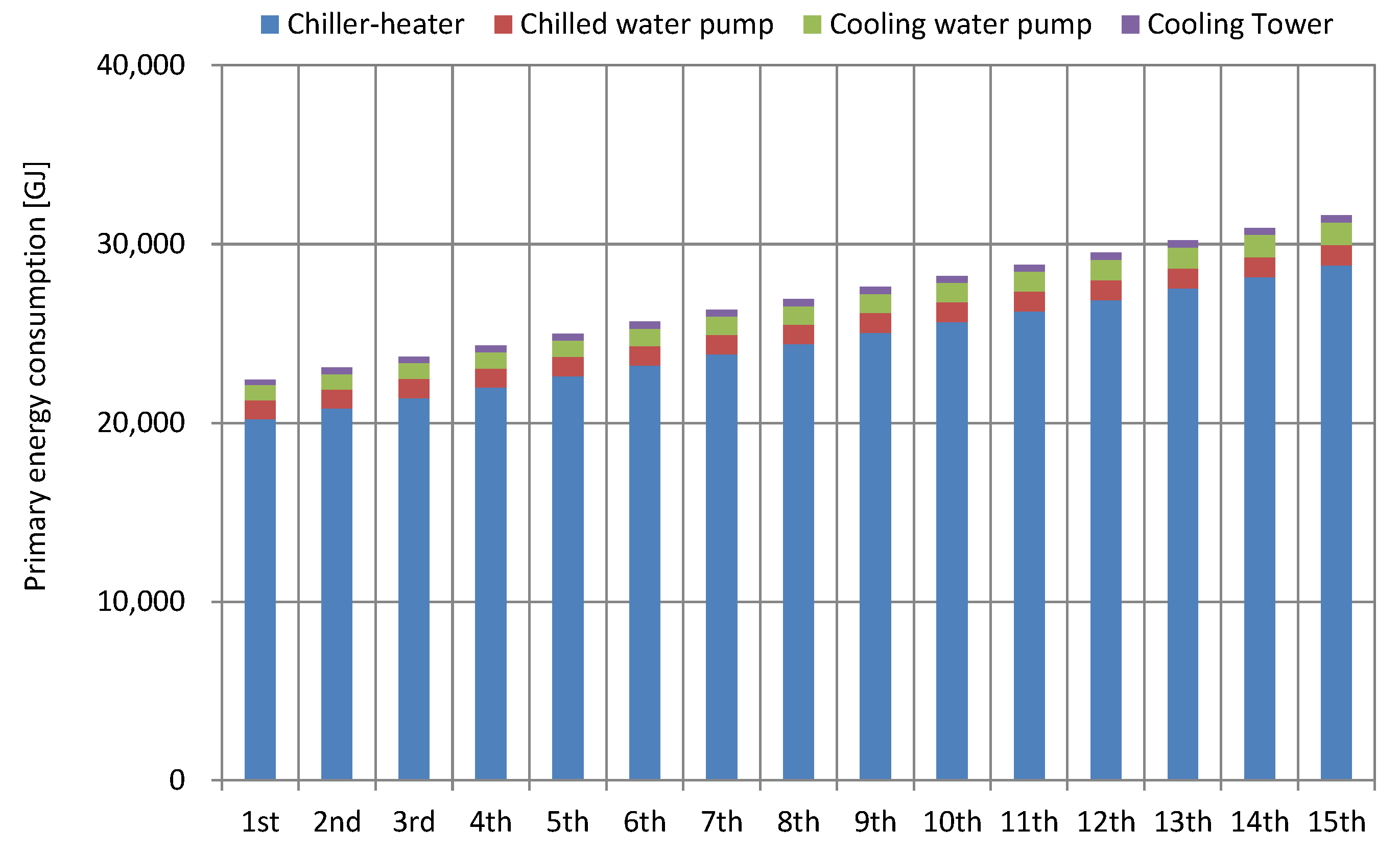1. Introduction
More than 40 countries were involved in the online “Leaders’ Summit on Climate” meeting on Earth Day in April 2021. In the meeting, many countries including the United States, European Union, and Japan raised the carbon reduction target for the year 2030. Considering this as an opportunity, South Korea also revised their 2030 Nationally Determined Contribution (NDC), which is a carbon-neutral intermediate goal, aiming to reduce it by 40% compared with 2018. In the construction sector, the target of reducing carbon emissions in comparison to 2018 is 32.8% (from 52.1 million tons of CO2eq in 2018 to 35.0 million tons of CO2eq) [
1]. To reduce carbon in the building sector, establish a building management system for each life cycle based on the data that measure the energy performance of buildings. Using this system, net zero emissions of new buildings and green remodeling of existing buildings will be expanded [
2].
To reduce building energy consumption, it is essential to ensure air conditioning systems are being operated efficiently and maintained regularly as these systems account for about 40% of the total building’s energy. The performance of all devices, including the air conditioning systems, deteriorates due to natural aging and wear caused by operation and is called aging degradation. Furthermore, the lack of appropriate maintenance can accelerate the degree of aging degradation. The performance degradation of air conditioning systems can cause problems such as increased energy consumption, deteriorated indoor heating environment, and shortened equipment lifespan. To prevent such problems, it is important to estimate the degree of real-time performance degradation using operation data and establish a long-term maintenance plan to recover the degraded performance.
Griffith B. et al. [
3] predicted the performance degradation rates of air conditioning equipment including the Direct Expansion (DX) coil, central chiller, boiler, heat pump, constant volume fan, variable volume fan, and gas heating coil. The annual performance degradation rate was calculated for each of these components with and without maintenance, and the performance degradation values were presumed by approximating the trends observed across historical versions of Standard 90.1.
Table 1 shows the performance degradation rate used in this paper. They proposed a linear model that calculates the performance degradation rate at the time according to the age of use and the annual performance degradation rate. Waddicor D. et al. [
4] reported that 30% performance degradation occurs over 30 years for fans and pumps and that this value ranges from 6–10% for boilers, depending on maintenance conditions. These results agree with that typically provided by air conditioning manufacturers. M. Bannai et al. [
5] found that the performance of the chiller decreases by 2.4% per year due to mechanical deterioration, however, can be reduced to 1% per year when the appropriate chemical cleaning and maintenance are performed. Karen Fenaughty et al. [
6] report the first-ever long-term empirical measurement of the degradation of residential air conditioner/heat pump (AC/HP) performance. From 2012–2016, FSEC monitored 56 homes in Florida as a retrofit project which gathered detailed HVAC end-use energy data. Within the analysis, cooling system performance at many sites was found to worsen over the baseline period, typically degrading 5%, and ranging from −8% to 40%, per year. Using these data, an algorithm was developed to automatically evaluate AC/HP performance against the weather. Some researchers examine the influence of degradation on an entire building’s thermal performance while also taking climate change into account [
7,
8]. Georgios Eleftheriadis et al. [
8] considers the impacts of this deterioration on the building energy performance with accuracy improving long-term performance calculations. Simplified degradation equations are applied to selected envelope elements and heating system components of a single-family house in Germany. The calculation results show that the building consumes 18.4% to 47.1% more primary energy over 20 years compared with a scenario without degradation.
Recently, in Korea, the building energy management system (BEMS) has been actively promoted and the operation data are being measured and stored. In particular, BEMS is an integrated system of measurement, control, management, and operation that provides an optimized building energy management plan by monitoring energy usage required to maintain a comfortable indoor environment [
9]. In the Energy Use Rationalization Act, the government stipulates that “When a public institution builds a building with a total floor area of 10,000 m
2 or more, efforts should be made to establish and operate a BEMS for efficient building energy use”. Moreover, the standards included Zero Energy Building (ZEB) certification for BEMS installation. In addition, BEMS installation guidelines have been prepared to describe in detail the roles and functions of BEMS, such as collected data items, display and inquiry methods, and analysis methods [
10].
To estimate the aging deterioration in real-time for air conditioning systems, it is necessary to measure the input and output values of all devices constituting the system and conduct a performance evaluation for comparison with the initial performance. To achieve this, various sensors need to be installed increasing the initial investment cost, which air conditioning clients are reluctant to do. This, therefore, makes it difficult to conduct research on estimating aging deterioration based on real-life operating data. The purpose of this study is to predict the performance degradation rate of air conditioning equipment according to operation time by using the model calibration method based on long-term operation data accumulated in BEMS. Based on the obtained results, the effect of aging degradation on the energy consumption of the heat source system was examined by using simulation. First, four-year operation data for heat source equipment, open cooling towers, and inverter-type pumps that were installed in a university building were acquired from BEMS and a model predicting initial performance was built using the data provided by the manufacturer. The initial performance prediction model includes a calibration coefficient for correcting the performance difference between the initial performance and the operating performance. The calibration coefficient was calculated using operation data, and the performance degradation rate compared with the initial performance was predicted by analyzing the changing trend of the calibration coefficient according to the cumulative operation time. In addition, a simulation model was developed for a heat source system comprising heat source equipment, a cooling tower, a chilled water pump, and a cooling water pump. We studied the effect of the predicted performance degradation rate on the operation method and energy consumption change when the heat source system was operated for a long time.
3. Diagnosis of Aging Deterioration
In this study, the calibration coefficient was calculated using operation data measured at 1 min intervals over a 4-year period. Calibration coefficients were calculated at 1-day intervals using the least-squares method. The calibration coefficient indicates the difference between the initial performance predicted from the performance data provided by the manufacturer and the current performance calculated from the operation data. In this study, the degree of performance degradation with respect to operation time was predicted by analyzing the variation of the calibration coefficient with respect to the cumulative operation time. The heat source equipment model and the pump model provide values for the gas consumption rate and power consumption, respectively. When the calibration coefficient increases with the cumulative operating time, both gas and power consumption increase under the same boundary condition, indicating that performance degradation occurs. The cooling tower model determines the amount of heat treated, and when the calibration coefficient decreases with the cumulative operating time, the amount of treated heat decreases under the same boundary condition, indicating a degraded performance.
Figure 2,
Figure 3 and
Figure 4 show the results of calculating the calibration coefficient according to the accumulated operating time for the target device. The results show that the calibration coefficients of all devices are scattered, but the heat source equipment and pump tend to increase and the cooling tower to decrease according to the cumulative operating time. This implies that the energy consumption in the cases of the heat source equipment and the pump is increasing under the same boundary condition, and the amount of heat processed by the cooling tower is decreasing. In addition, it is possible to predict the deterioration rate, defined as the progress of deterioration per unit operation time, using the gradient of the calibration coefficient.
Table 6,
Table 7 and
Table 8 describe the progress rate of degradation of each device. Considering the annual operating hours of these devices to be 700 h, it can be predicted that the annual performance degradation rates have the range of 1.0–1.4% for heat source equipment, 0.4–1.2% for cooling towers, and 0.8–1.3% for pumps.
